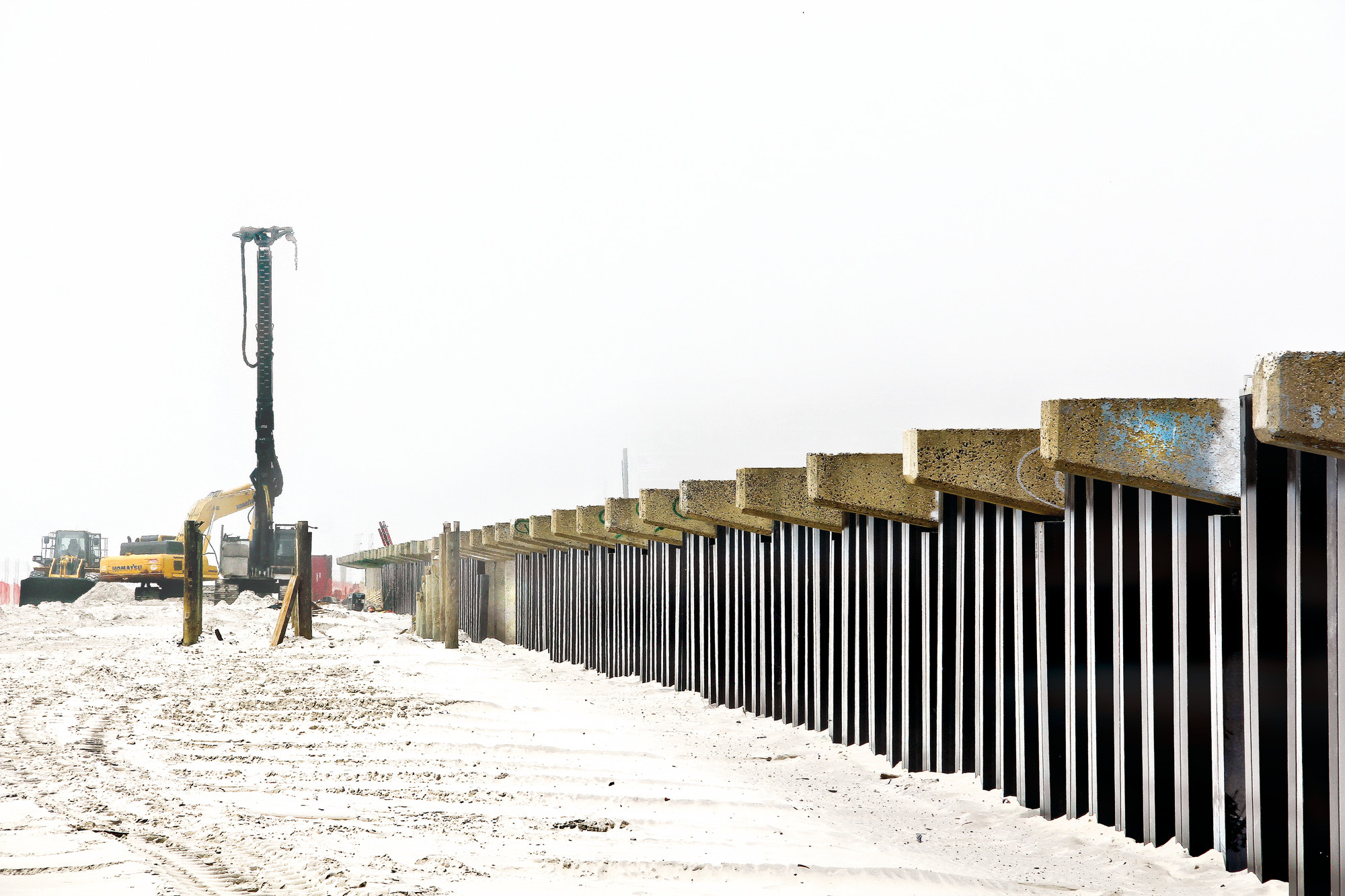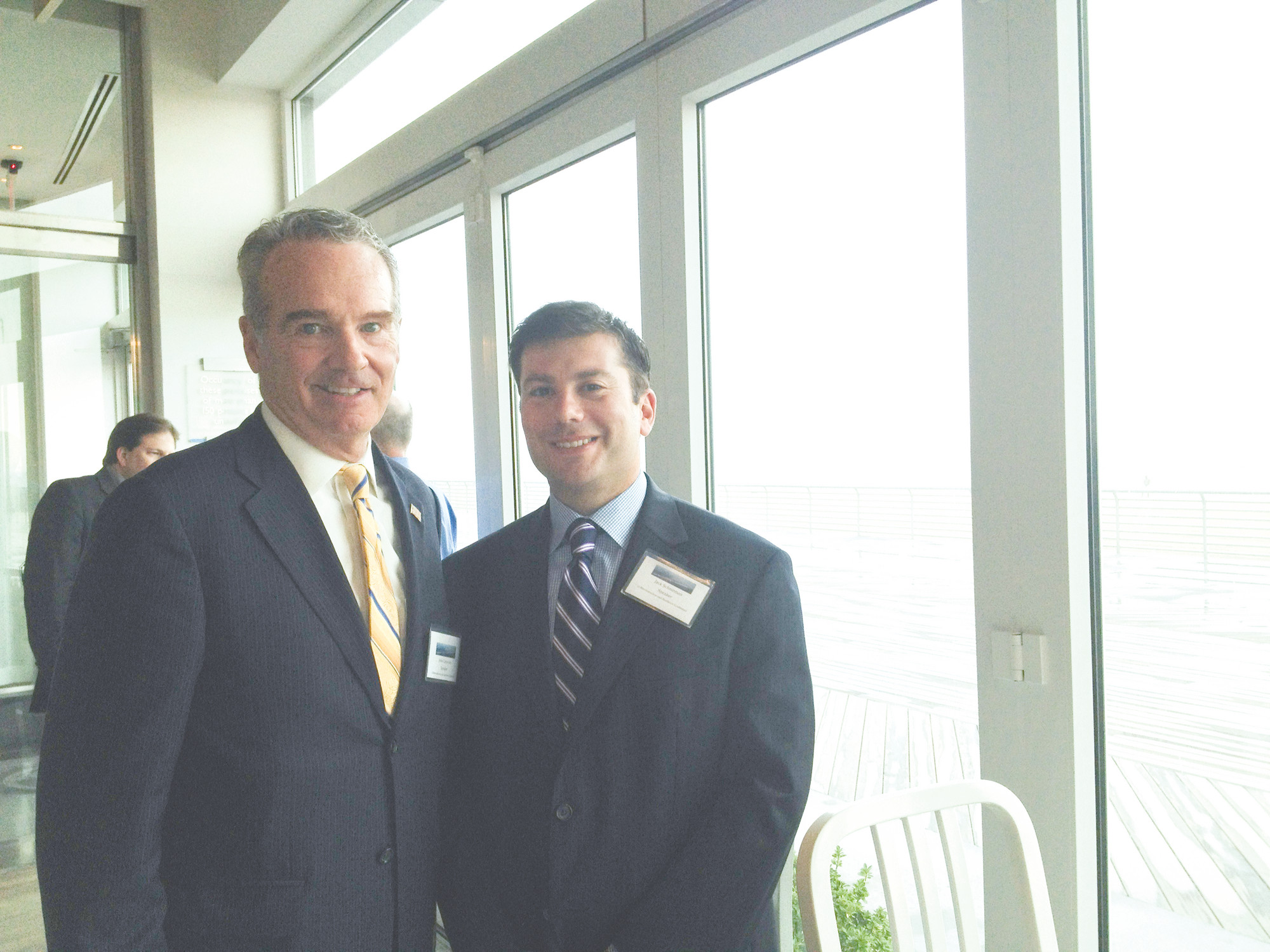Rethinking a post-Sandy future
Long Beach hosts Long Island Regional Planning Council symposium
Malcolm Bowman, a professor of marine and atmospheric sciences at Stony Brook University, showed the audience an image of a sand berm above a small village in the Netherlands, a country that is vulnerable to flooding but has multilayered flood protection measures in place — sand dunes, dikes, dams and floodgates — that have successfully held back the sea.
“Most of the natural dunes that have populated the North Sea there … have been built up as much as 30 feet high,” Bowman said. “There’s this little village, safe and secure, protected against the ravages of storm surges. But guess what — you cannot see the ocean. So the people of this village have traded the view for security, and I think that’s a huge issue on Long Island.”
Bowman was one of a number of speakers at a Sept. 12 meeting presented by the Long Island Regional Planning Council at the Allegria Hotel, who discussed how New York’s coastal communities should rebuild for future storms — and insisted that more natural disasters like Hurricane Sandy are inevitable.
“Can dunes, levees and barriers protect Long Island from storm surge and sea level rise? The answer is yes,” Bowman said. “We can’t hold back Mother Nature — let’s prepare for the worst.”
Hosted by the City of Long Beach, more than 100 elected officials, municipal staff, community leaders and planners from around the world gathered for what was described as the largest post-Sandy reconstruction conference on Long Island. Officials from the city, the U.S. Army Corps of Engineers and other agencies discussed rebuilding projects and strategies in the hopes of protecting coastal communities.
A leader in resiliency
City Manager Jack Schnirman said that in Long Beach — where the ocean met the bay, destroying homes, displacing thousands of residents and costing the city $200 million in damage — officials are already discussing long-term protection projects, some of which are already under way, while others, if approved, could take years to complete.

 49.0°,
Fog/Mist
49.0°,
Fog/Mist 











